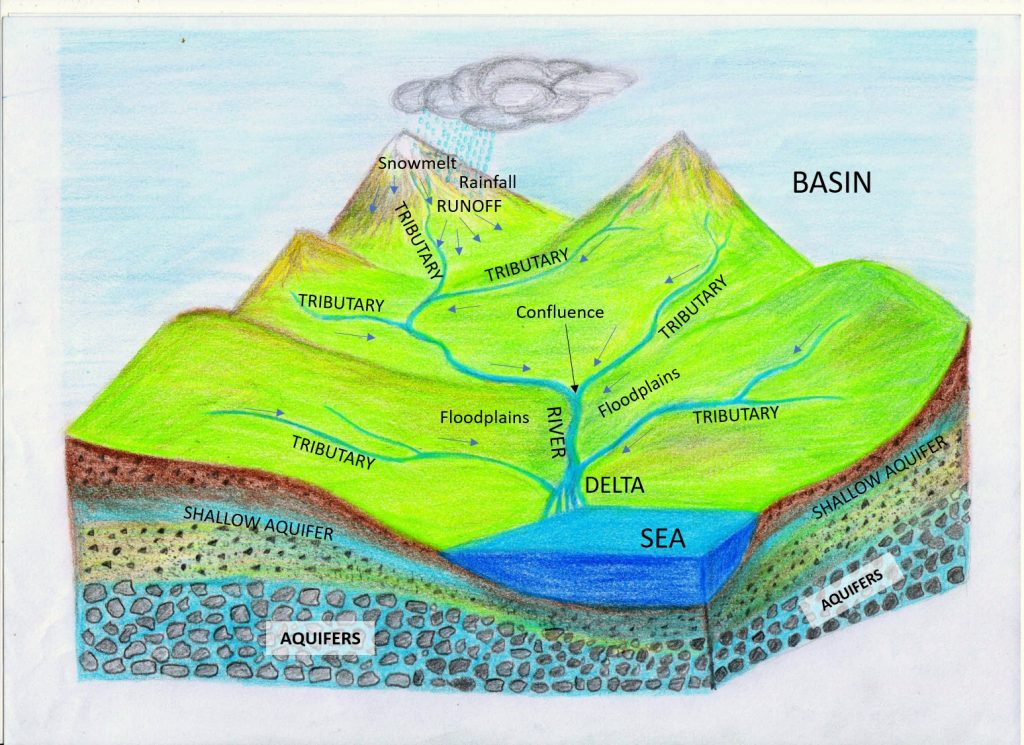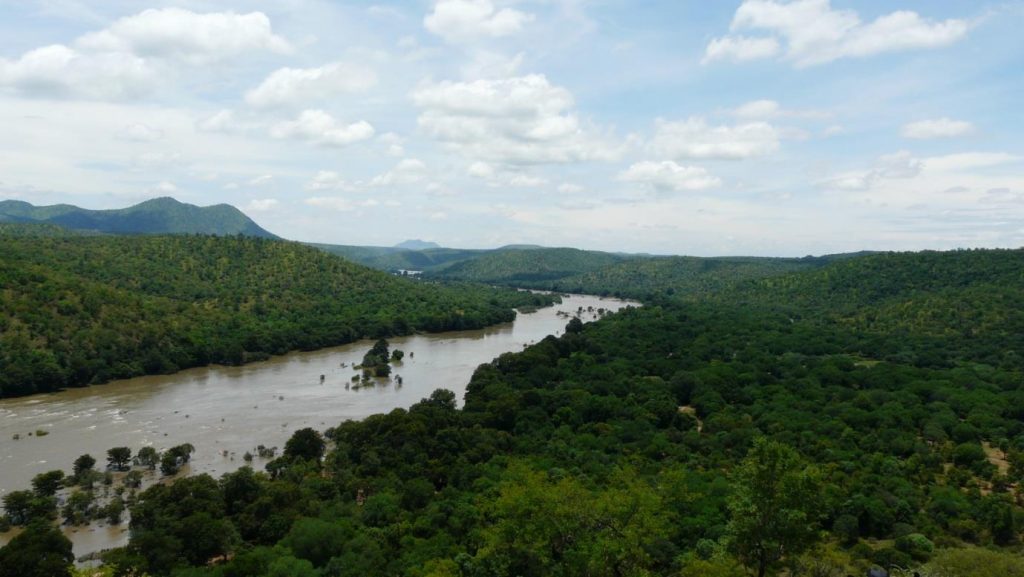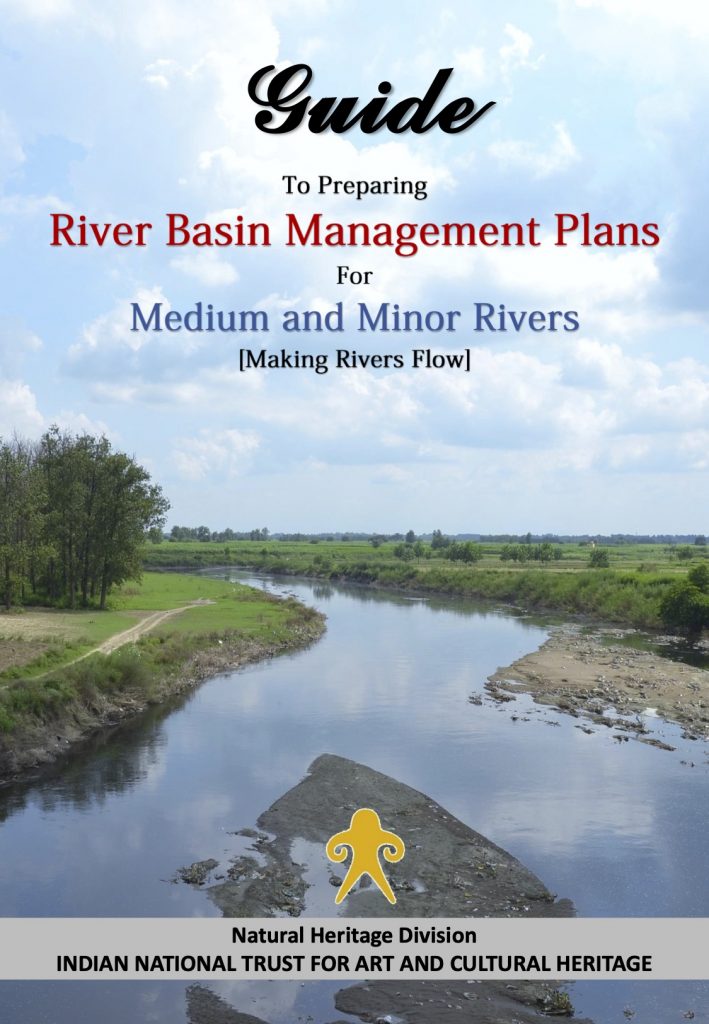River Basin Guide for Medium and Minor Rivers
Rivers are the arteries of the landscape which sustains us. Yet, in the last few decades we have managed to make them anaemic or near dry through unthinking overexploitation, living as if there is an endless supply or as if there is no tomorrow.
This business as usual approach will sound the death knell of our rivers. In the lean season some major rivers have dry stretches or have otherwise ceased to flow to the sea. The anaemic condition of our rivers is a far more serious issue than pollution which, with technology and capital, will get resolved sooner than later.
Large self-perpetuating hydrocracies are empowered to manage the rivers of the country, whether for intrastate or interstate rivers. These establishments view rivers only as a water resource rather than living eco-systems and thrive around the business of extracting and diverting water through building of dams, barrages, canals. They view the basin from the prism of extraction only to determine how much more resource can be extracted and where can the enabling hydrological interventions be made.

The critical state of rivers, from the first order stream to the highest order river, has aroused activism in many parts of the country, with environmental activists and riverine communities, eager to protect and revive rivers and streams in their respective areas. Their efforts can be more effective if directed through the prism of a basin approach.
The lack of understanding about river basins has led to misguided approaches to river revival. While some believe in deepening river beds through excavation [resulting in temporary rain fed pools rather than flowing water] others believe in planting a swathe of riparian zone with trees violating the first principle of catchment treatment i.e. from ridge to valley.
The lack of basin approach has also enabled damaging developmental activity and unwanted interventions to slip through. This lacuna is sought to be addressed by offering this guide to civil society groups to enable them to develop basin plans for medium and minor rivers. Basin planning would not only lead to a more informed citizenry but also to an informed dialogue with the establishment leading to rational perspectives and sensible interventions, both for river revival as well as for developments in the basin.

This Guidebook has been prepared with the idea of propagating an uncluttered methodology for robust basin planning at the level of medium and minor rivers. The methodology does not aim for precision but aims to create a broad basin water budget adequate for prudent interventions. We hope this Guidebook will enable several organizations to take up the cause of river restoration in their respective areas in an effective manner.
We need to begin yesterday.
Manu Bhatnagar
Principal Director
Natural Heritage Division
INTACH
The guidebook prepared by INTACH can be downloaded from this link: https://indiariversforum.org/wp-content/uploads/2020/09/river-basin-guide.pdf



